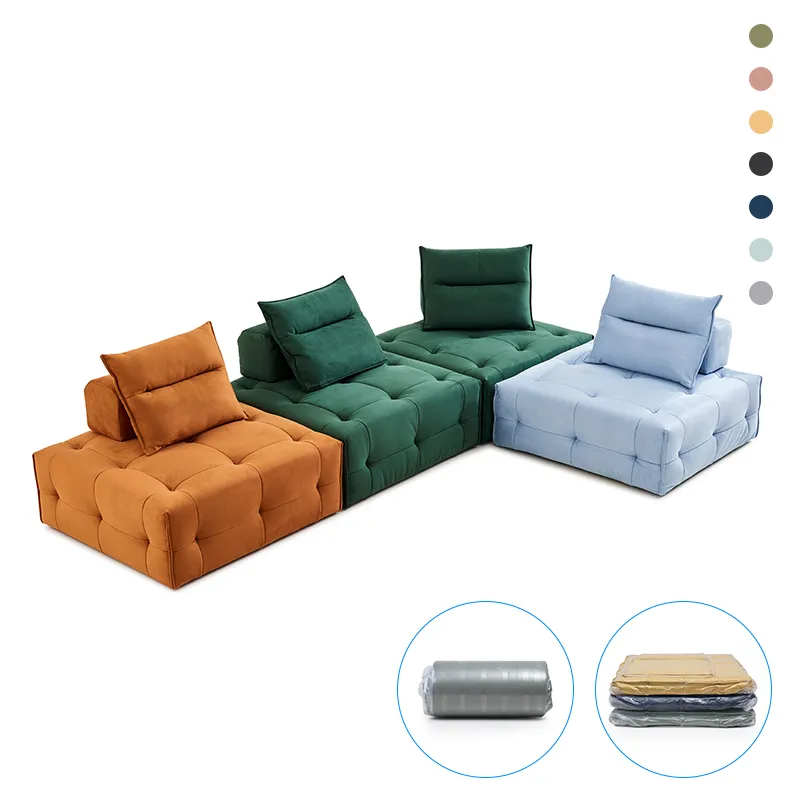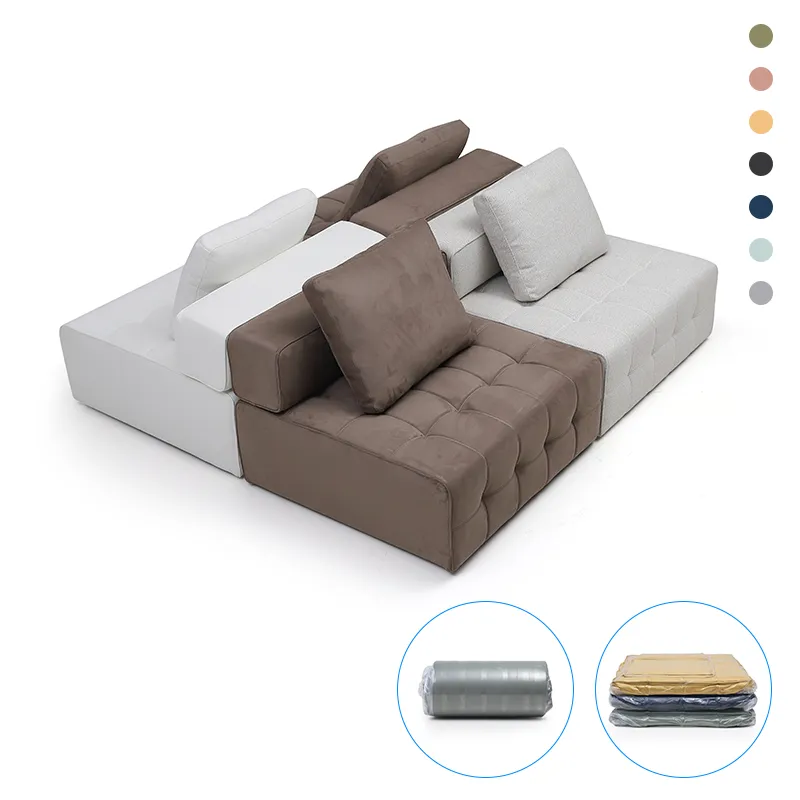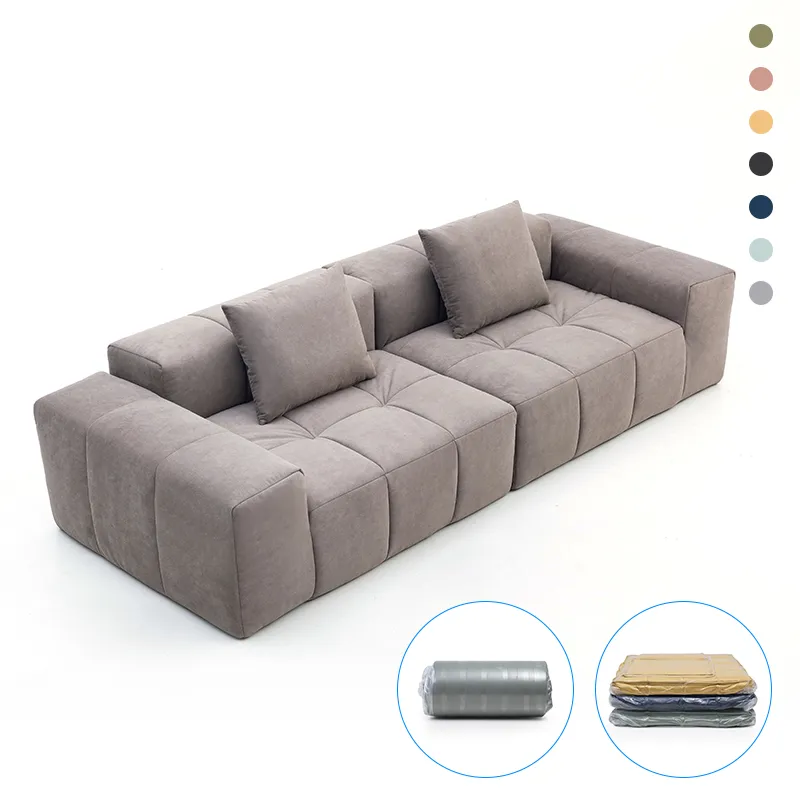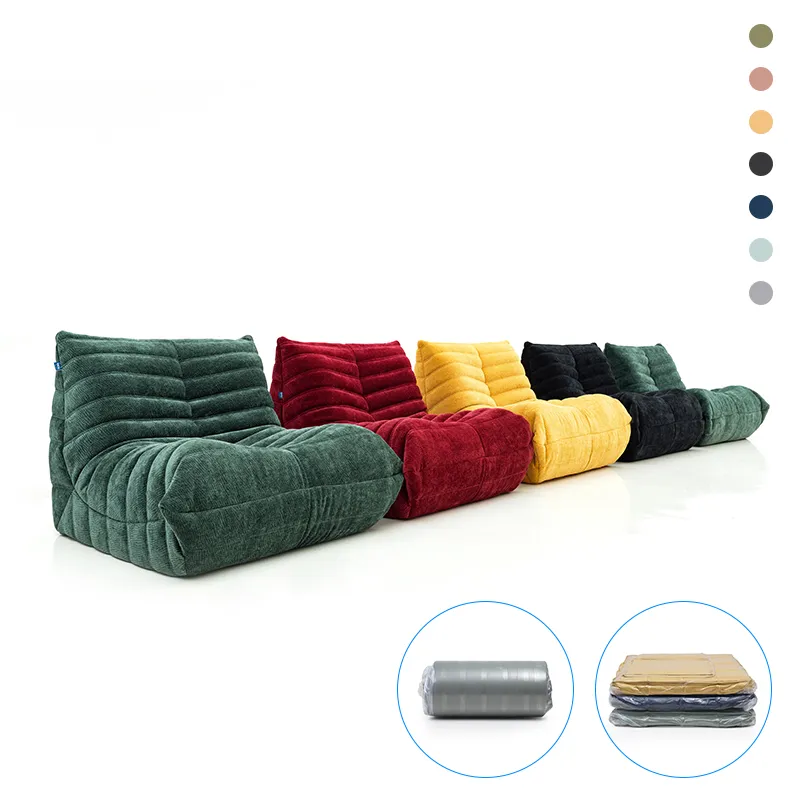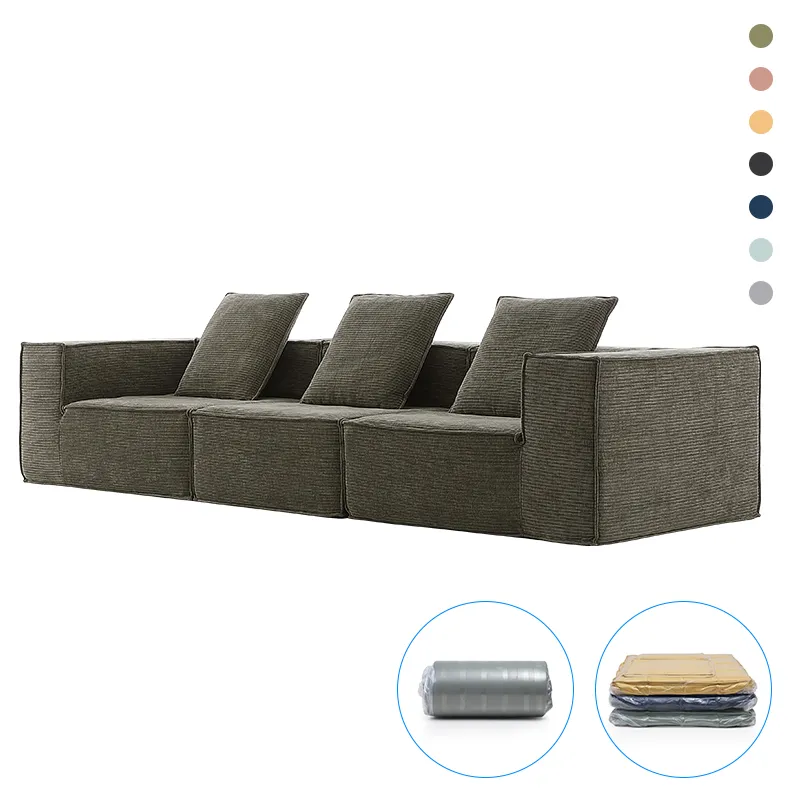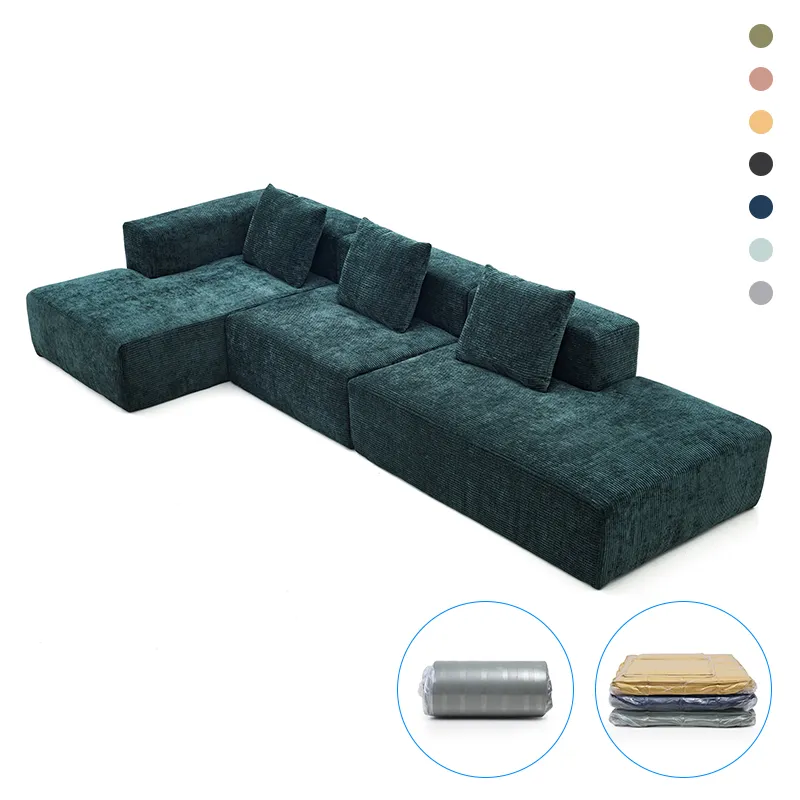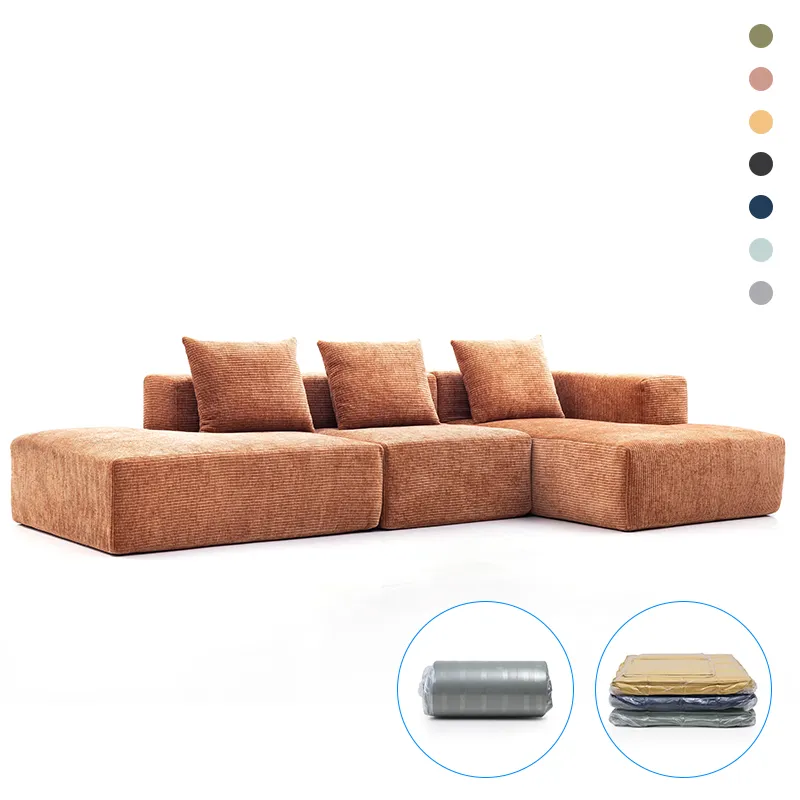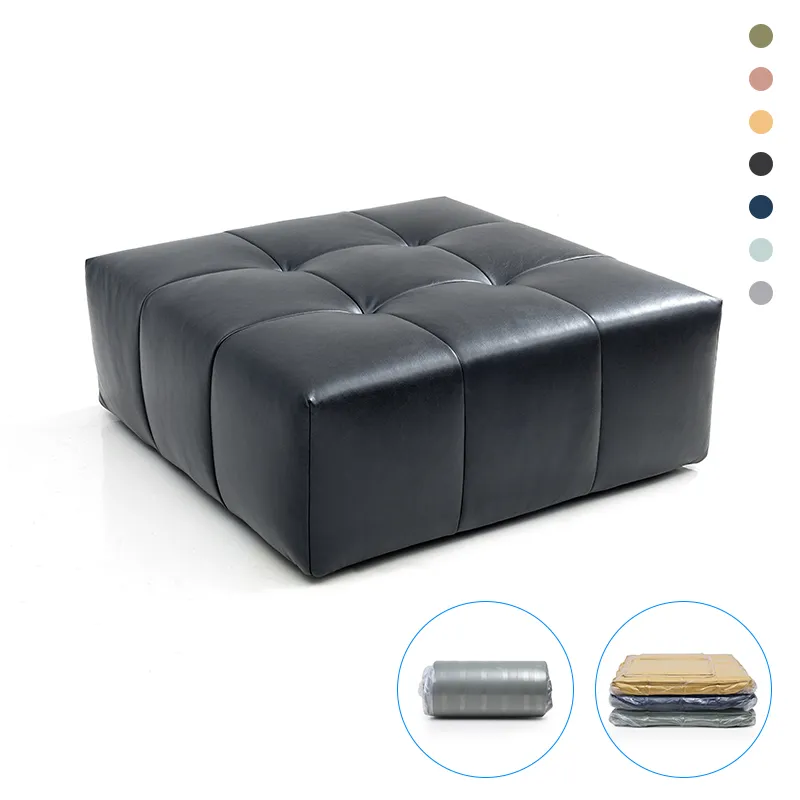The Science Behind a Good Ergonomic Desk Chair No Wheels
When it comes to office seating, the ergonomic desk chair no wheels is often overlooked in favor of its rolling counterparts, but its design is rooted in a deep understanding of human biomechanics. These chairs prioritize stability, posture support, and controlled movement, making them ideal for workspaces where mobility isn’t a priority—think home offices, study nooks, or focused workstations. Hebei Laining International Trade Co., LTD, a leading manufacturer with over three decades of experience in ergonomic office chairs, crafts such designs from Anji, Zhejiang, a renowned furniture hub. Their expertise ensures that ergonomic chair no wheels and comfortable desk chair without wheels options aren’t just static seats but tools that promote health by aligning with the body’s natural needs. The science behind these chairs lies in how they balance support, pressure distribution, and adaptability to keep users comfortable and productive.

Stability in Ergonomic Chair No Wheels
- Weight Distribution: Unlike rolling chairs, ergonomic chair no wheels models have a broad, sturdy base that distributes weight evenly across the floor. This stability eliminates the subtle rocking or shifting that can occur with casters, which forces the body to engage core muscles to maintain balance unconsciously. Over time, this constant micro-adjustment leads to fatigue, making a stable base a key factor in reducing muscle strain.
- Fixed Position Benefits: A comfortable desk chair without wheelskeeps the user anchored in an optimal position relative to the desk. This fixed alignment ensures the arms, wrists, and neck remain in neutral postures—no leaning forward or reaching to compensate for a chair that’s drifted out of place. It’s particularly useful for tasks requiring precision, like writing or detailed handwork, where consistent positioning enhances accuracy.
- Reduced Distractions: The lack of wheels in an ergonomic desk chair no wheelsminimizes impulsive movements, such as swiveling or rolling to grab items. This encourages focused, intentional movement—like standing to retrieve something— which is healthier than staying seated for hours. The science of “movement economy” supports this: controlled movements reduce energy expenditure and keep the body more engaged.
Posture Support in Comfortable Desk Chair Without Wheels
- Lumbar Curve Alignment: A comfortable desk chair without wheelsis engineered to cradle the lower back, maintaining the spine’s natural S-curve. The lumbar support—often adjustable in height and depth—targets the L4-L5 vertebrae, where most back strain occurs. This support reduces pressure on spinal discs, preventing the “slouching” that leads to chronic lower back pain.
- Seat Pan Design: The seat of an ergonomic chair no wheelsis typically contoured to distribute weight across the thighs, avoiding pressure points at the back of the knees. The front edge is often sloped (waterfall design) to enhance circulation, ensuring blood flow isn’t restricted during long sits. This attention to pressure distribution aligns with ergonomic science, which emphasizes reducing tissue compression for comfort.
- Shoulder and Neck Relief: Many ergonomic desk chair no wheelsmodels feature high backrests that support the upper back and shoulders. This encourages the shoulders to relax instead of hunching forward, relieving tension in the trapezius muscles. When combined with a properly positioned headrest (in some models), it also reduces strain on the cervical spine, lowering the risk of neck pain.
Material Science in Ergonomic Desk Chair No Wheels
- Breathable Fabrics: To combat heat and moisture buildup—common issues in static seating—ergonomic chair no wheelsdesigns often use mesh or perforated fabrics. These materials allow air circulation, keeping the user cool and reducing the discomfort of prolonged contact with the chair surface. Hebei Laining’s expertise in material selection ensures these fabrics are both durable and gentle on the skin.
- Foam Density and Resilience: The padding in a comfortable desk chair without wheelsuses high-density foam that retains its shape over time. This foam provides firm yet responsive support, conforming to the body’s contours without sagging. The science here is in the foam’s ability to balance pressure relief with structural integrity, ensuring consistent support throughout the workday.
- Frame Construction: The frame of an ergonomic desk chair no wheelsis typically made from robust materials like steel or reinforced plastic. This rigidity prevents flexing, which could compromise posture support. The frame’s design also incorporates rounded edges and smooth surfaces to avoid pressure points, aligning with biomechanical principles of comfort.
Comparing Ergonomic Chair No Wheels with Rolling Models
|
Feature |
Ergonomic Chair No Wheels |
Rolling Ergonomic Chair |
|
Stability |
High (broad base, no movement) |
Moderate (casters can shift under weight or on uneven floors) |
|
Posture Consistency |
Excellent (fixed position encourages neutral alignment) |
Variable (easy to drift out of optimal position) |
|
Movement Encouragement |
Promotes intentional standing/moving |
Allows quick, small movements without standing |
|
Suitable Workspaces |
Focused workstations, small offices, home use |
Open offices, large work areas requiring mobility |
|
Pressure Distribution |
Optimized for static seating (waterfall seats, contoured padding) |
Similar, but may have extra cushioning to compensate for movement |
This comparison highlights how ergonomic desk chair no wheels models excel in environments where stability and posture consistency are prioritized.
Ergonomic Chair No Wheels FAQS
Is an Ergonomic Desk Chair No Wheels Suitable for Tall Users?
Yes, a well-designed ergonomic desk chair no wheels can accommodate tall users with adjustable seat height, backrest height, and lumbar support. These features ensure the chair aligns with the user’s longer torso and legs, maintaining proper posture.
Can a Comfortable Desk Without Wheels Cause More Pressure Points Than Rolling Chairs?
No—comfortable desk chair without wheels is engineered to reduce pressure points through contoured padding and breathable materials. Their static design allows for more precise pressure distribution, as there’s no movement to disrupt alignment.
How Does an Ergonomic Chair No Wheels Promote Better Circulation?
Ergonomic chair no wheels often features waterfall seat edges and breathable fabrics, which prevent blood flow restriction. The stable position also reduces leg crossing (a common circulation inhibitor), keeping blood moving freely through the lower body.
Are Ergonomic Desk Chair No Wheels Harder to Move If Needed?
While they lack wheels, many ergonomic desk chair no wheels models are lightweight or have built-in handles for easy relocation. They’re designed for static use but remain portable enough for occasional repositioning.
Where Can I Find a High-Quality Ergonomic Chair No Wheels?
Hebei Laining International Trade Co., LTD offers a range of ergonomic chair no wheels and comfortable desk chair without wheels options, crafted with ergonomic science in mind. Their decades of expertise ensure these chairs blend stability, support, and comfort seamlessly. Visit their website to explore models tailored to your workspace needs.
share:
-
Comfortable Meeting Room Chairs: Ergonomic Seating Solutions for Global WorkspacesNewsNov.25,2025
-
Chairs Meeting Room: The Ultimate Guide to Choosing Ergonomic, Sustainable SeatingNewsNov.24,2025
-
The Global Appeal and Practical Benefits of Blue Meeting Room Chairs | Laining GlobalNewsNov.23,2025
-
Black Meeting Room Chairs: Durable, Ergonomic & Stylish Seating for Modern WorkspacesNewsNov.23,2025
-
Stackable Meeting Room Chairs - Durable, Efficient & Space-Saving SolutionsNewsNov.22,2025
-
Office Meeting Room Chairs – Comfort, Durability & Sustainability in Modern OfficesNewsNov.22,2025
-
Choosing the Best Office Chairs for Meeting Rooms: Comfort Meets StyleNewsNov.22,2025


